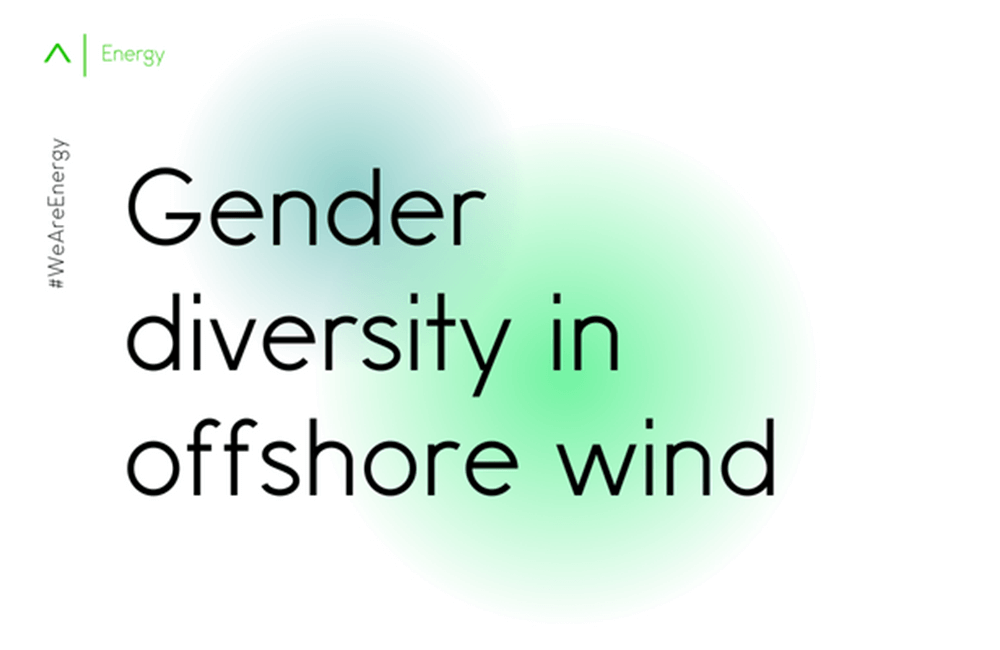Gender diversity in offshore wind
10 Feb, 202210 minsUntil quite recently, the offshore wind sector has been significantly dominated by male work...

Until quite recently, the offshore wind sector has been significantly dominated by male workers. However, there are now ambitious plans underway to ensure that, going forward, this is a sector that’s equally open to women.
As exciting and encouraging as these plans are, there’s still so much work to be done to ensure the levels of inclusivity set forth in the targets of increasing the female workforce within the offshore wind sector up to 40% by the year 2030 are met.
However, although it’s not going to be a change that happens overnight, if we look to countries like Taiwan, we can see that progress is being made.
In fact, it’s fair to say that Taiwan are leading the way for change in this area, with 26% of women in Taiwan already working in the offshore wind sector - especially when we compare this to the global average of 21% or the Asia Pacific average of only 15%.
Another way in which Taiwan are massively leading change in this area is that 60% of their offshore wind companies employ female directors, while a whopping 95% of these companies employ female line managers.
What’s needed to see these changes on a more global scale?
Education is going to play a key role in getting more women interested in working in this sector and also allowing for the mind set shifts that need to happen for women in offshore wind to become as natural as any other gender-diverse career path.
At the moment, the average age for a women joining the offshore wind sector was 38, and while it’s certainly encouraging to see women entering the sector at any age, we also need to ensure that access to jobs is available at all levels, from internships through to senior management level, and this can only be achieved by providing access to the relevant training and education for women and girls from a young age.
In a report recently published by Equate Scotland, it was shown that although both girls and boys will typically start off with the same level of interest in STEM subjects (Science, Technology, Engineering, and Mathematics) in school, this will usually begin to wane in the teenage years - not because of lack of ability - but because of deeply ingrained stereotypes that still exist within society and within schools.
To ensure that we have more gender-diversity in the workplace, especially in the typical male dominated industries, we need to first start cultivating an attitude and environment of diversity within the classroom.
Of course, not all the responsibility lies with schools, this is something that requires a change of mind set and perception at a societal level.
Things such as offering more opportunities for young girls to continue to pursue STEM related careers, providing more options for shared parental leave rather than just assuming that the default carer of children will be women, and shifting the way we, as a society look at “typical” engineers or offshore workers are going to make a great impact when it comes helping us achieve these targets into 2030 and beyond.
Dragana Tomic one of Mane’s recruitment consultants in the energy team exclaimed that ‘The energy industry is taking positive steps towards gender diversity. We see positive development through increasing the percentage of women in all parts of the industry.
I still believe more needs to be done to encourage women to enter the sector in all branches of the industry. As a woman in the energy sector, I have all support from my team to grow in this industry through gaining education, training and receiving positive support from my team and company. I think a positive development for the industry would see every women having the same equal opportunity in order to develop their career in the energy industry.



